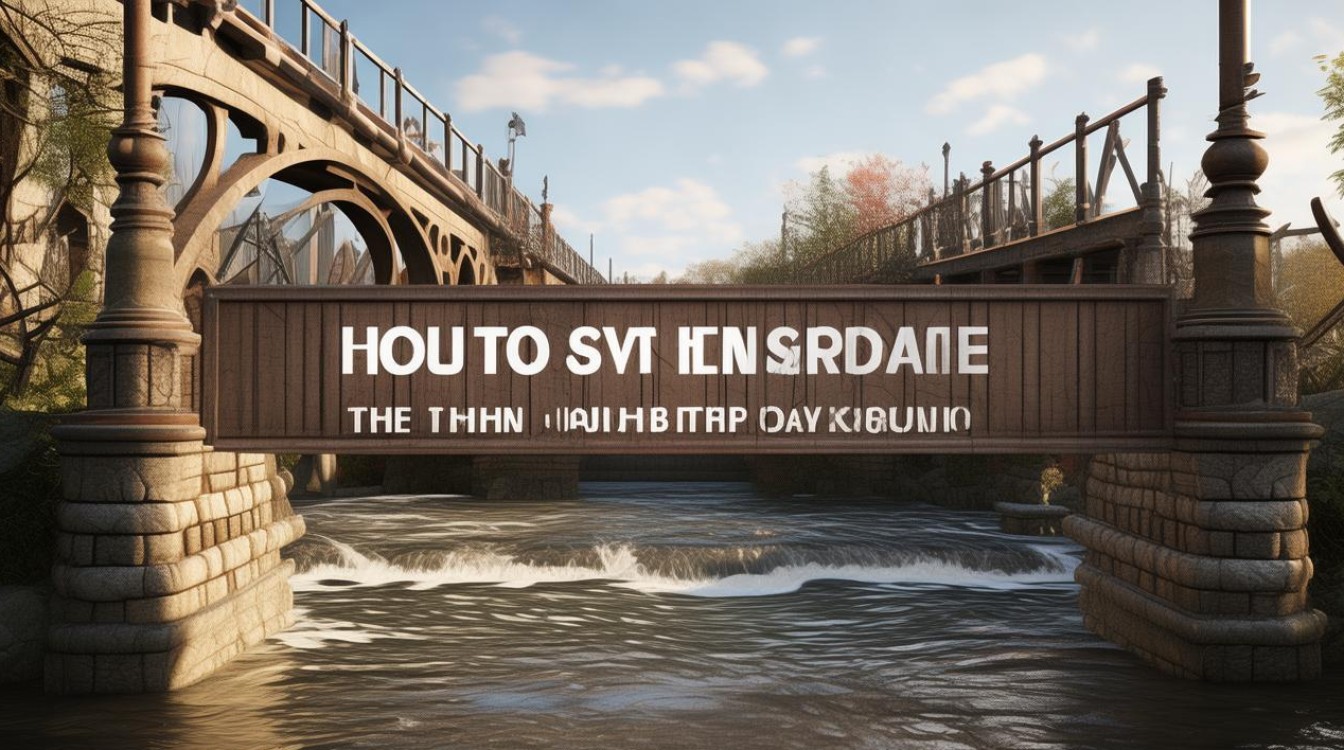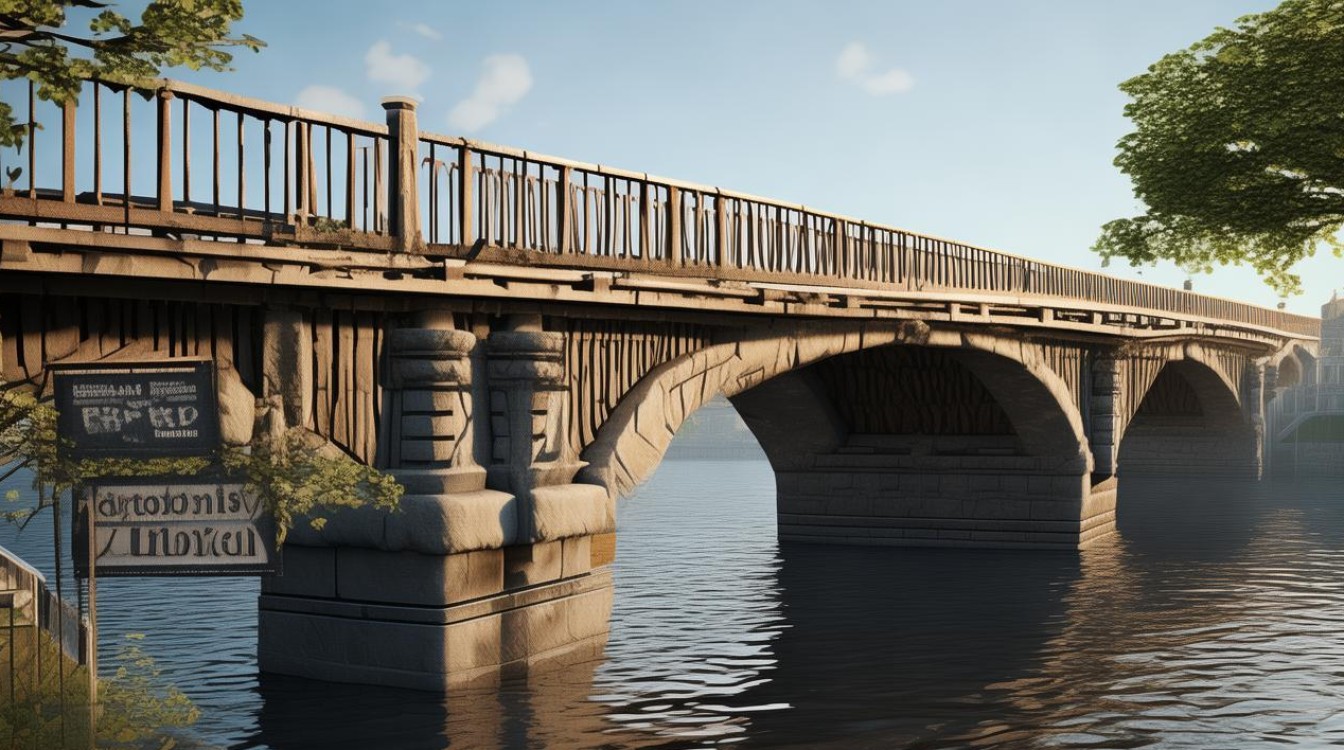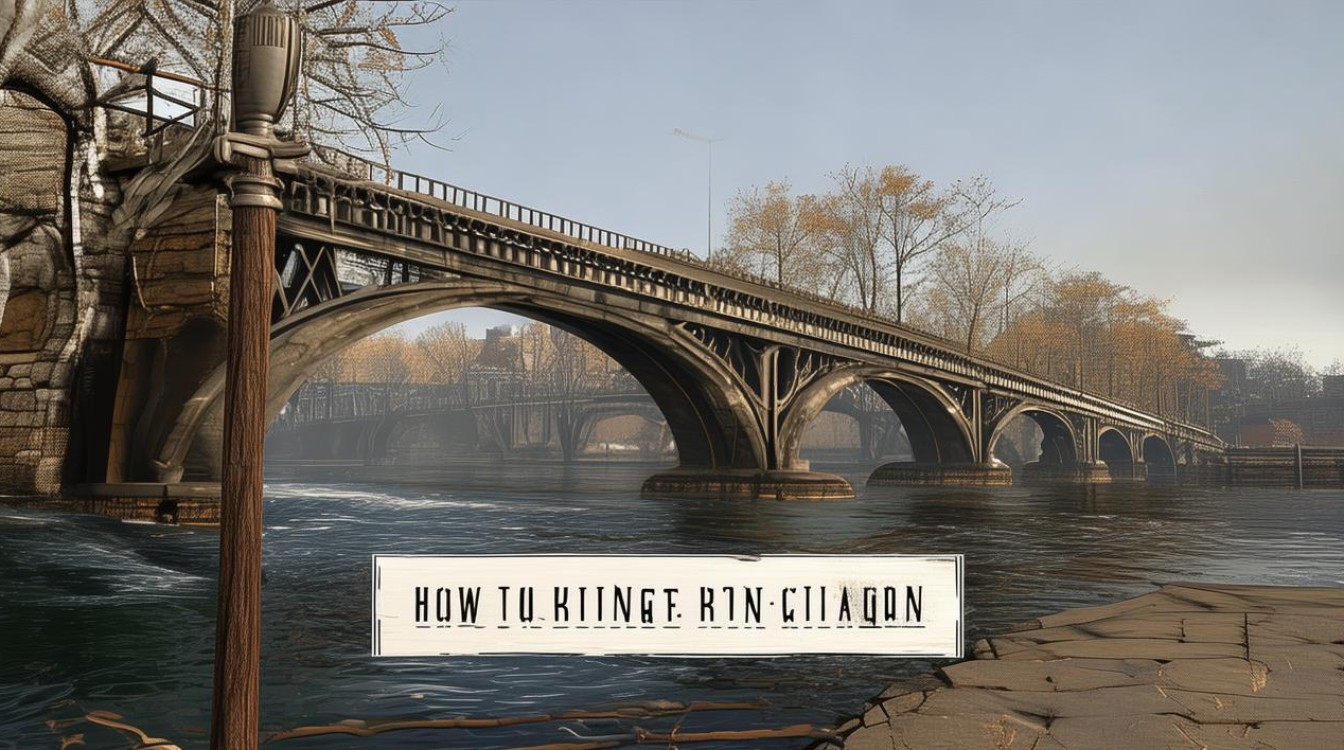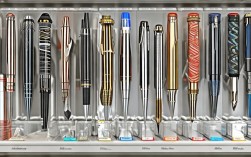When discussing infrastructure or travel, the word "bridge" frequently appears. Whether you're a student, traveler, or language enthusiast, knowing the correct English term is essential. The most common translation is simply "bridge." However, English offers various terms depending on the type, structure, and context.

The Basic Translation: "Bridge"
In English, the standard word for a structure connecting two points over an obstacle is "bridge." This applies to most general cases, whether referring to a small footbridge or a massive suspension bridge.
Example sentences:
- The Golden Gate Bridge is an iconic landmark in San Francisco.
- We crossed a wooden bridge over the stream.
Different Types of Bridges in English
English has specific terms for different bridge designs. Understanding these variations enhances vocabulary and clarity in communication.
Suspension Bridge
A bridge suspended from cables anchored at each end, often spanning long distances.
Example: The Akashi Kaikyō Bridge in Japan is the world’s longest suspension bridge.
Arch Bridge
A bridge with a curved structure, distributing weight outward to supports.
Example: The Sydney Harbour Bridge is a famous steel arch bridge.

Cantilever Bridge
A bridge built using cantilevers—structures anchored at one end and projecting outward.
Example: The Forth Bridge in Scotland is a notable cantilever design.
Beam Bridge
The simplest type, consisting of horizontal beams supported by piers.
Example: Many highway overpasses are beam bridges.
Cable-Stayed Bridge
Similar to suspension bridges but with cables directly connected to towers.
Example: The Millau Viaduct in France is a stunning cable-stayed bridge.
Drawbridge
A movable bridge that can be raised or lowered to allow water traffic.

Example: Medieval castles often had drawbridges for defense.
Footbridge
A small bridge designed for pedestrians.
Example: A narrow footbridge crossed the ravine.
Regional and Colloquial Terms
While "bridge" is universally understood, some regions use informal or slang terms.
- "Overpass" – A bridge over a road or railway.
- "Underpass" – A tunnel beneath a road (not a bridge, but related).
- "Skyway" – An elevated pedestrian bridge, often in cities.
Idiomatic Expressions Involving "Bridge"
English includes several idioms and phrases featuring the word "bridge."
- "Burn one’s bridges" – To cut off all retreat options.
- "Cross that bridge when you come to it" – Deal with a problem only when it arises.
- "Water under the bridge" – Past events that no longer matter.
Common Mistakes to Avoid
When learning English, some non-native speakers confuse "bridge" with similar-sounding words.
- "Bridal" – Relates to weddings (bridal gown).
- "Bridle" – Part of a horse’s harness.
Additionally, avoid directly translating compound words from other languages. For example, in German, "Brücke" means "bridge," but English doesn’t use "bridge" in all the same compound terms.

Technical and Engineering Terminology
For professionals in construction or engineering, specialized vocabulary is necessary.
- "Abutment" – The supporting structure at each end of a bridge.
- "Span" – The distance between two bridge supports.
- "Deck" – The surface on which vehicles or pedestrians travel.
Historical and Famous Bridges
Learning about notable bridges helps reinforce the vocabulary.
- Tower Bridge (London) – A combined bascule and suspension bridge.
- Brooklyn Bridge (New York) – A historic hybrid cable-stayed/suspension bridge.
- Rialto Bridge (Venice) – A stone arch bridge spanning the Grand Canal.
Practical Usage in Conversations
When traveling or describing locations, these phrases are useful:
- "Is there a bridge to the island?"
- "The bridge was closed for repairs."
- "We walked across the bridge at sunset."
Learning Resources
For those improving their English, consider:
- Watching documentaries about engineering marvels.
- Reading articles on famous bridges.
- Using flashcards to memorize technical terms.
Understanding the word "bridge" and its variations enriches communication. Whether discussing architecture, travel, or idioms, this knowledge ensures clarity. Next time you see a bridge, you’ll know exactly what to call it—and maybe even identify its type.


